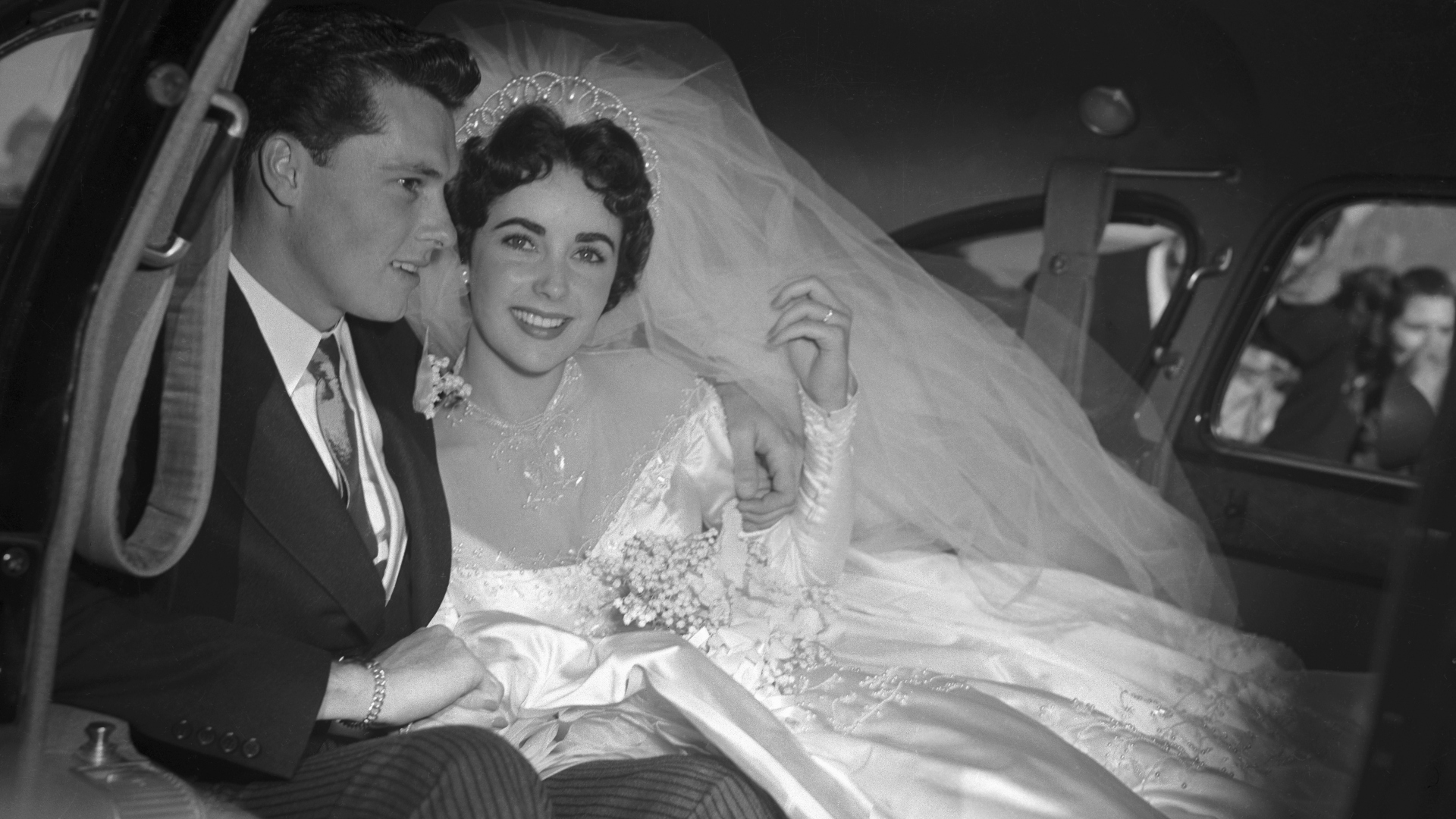The Celtic origins and strange rituals of Halloween
Halloween, which is mainly celebrated in the United States and other Anglo-Saxon countries, has its origins in the Middle Ages and Celtic culture.
The Irish were responsible for introducing Halloween to the United States. The festival has existed in that European country for over 2,000 years and is called 'Samhain'.
Photo: Ksenia Yakovleva / Unsplash
The Celts wore face masks so as not to be recognized by ghosts on the street, and thus prevent them from entering their homes.
Photo: Robin Canfield / Unsplash
The custom of dressing up as scary characters arose to represent the spirits who came to make deals in exchange for not bothering the living.
Photo: Ksenia Yakovleva / Unsplash
The Celts believed that the spirits woke up from their rest and went to the homes of relatives to demand satisfaction. To avoid curses and revenge, those people left them food as offerings.
Photo: Freestocks / Unsplash
In the beginning, Samhain was a pagan festival, celebrated by the Celtic peoples to mark the end of the harvest. In fact, the word means 'the end of summer'.
Photo: Ksenia Yakovleva / Unsplash
The pumpkin with a light inside has a name: 'The Jack-o'-lantern' and is part of an Irish legend. Jack, a man who has never been to heaven or hell, wanders the world holding a turnip with a candle inside, to help him find his destiny.
Photo: Brenkee / Pixabay
Over time, the vegetable was replaced by a pumpkin as it was more abundant in America and smelled better.
Photo: David Menidrey / Unsplash
In some parts of the United States, people light bonfires, in the representation of a very old tradition held in Ireland, where sacrifices were made in honor of death.
Photo: Vadim Sadovski / Unsplash
In addition to fire, the Irish dressed up in furs, and animal heads and danced to ward off evil spirits.
Photo: Issy Bailey / Unsplash
Furthermore, the Celts believed that at this time of year it was possible to establish a connection between the world of the living and the world of the dead.
Photo: Scott Rodgerson / Unsplash
Pagans considered it extremely important to protect themselves from evil spirits through rituals that, over time, were transformed and emigrated.
Photo: Edz Norton / Unsplash
The Celts also used to leave candles burning outside to help souls find their way to the light.
Photo: Marko Blažević / Unsplash
It wasn't until the 17th century that the word 'Allhallow-even' was first heard. Coming from the Scottish language, in 1745 it evolved into 'Hallow-e'en' and finally ended up in Halloween.
Photo: George Hiles / Unsplash
There are several references to the origin of the traditional 'trick-or-treat,' the custom of knocking from door to door to ask for goodies. One of them comes from the Middle Ages when on All Souls' Day, it was common for poorer people to pass by the houses begging for alms in exchange for prayers for the dead of that family.
Photo: Nika Benedictova / Unsplash
In the United States, a common Halloween game is to catch apples in a bucket of water with your mouth. Its origin comes from an exoteric practice, in which it is believed that whoever manages to catch the fruit with their teeth would be lucky in love.



























